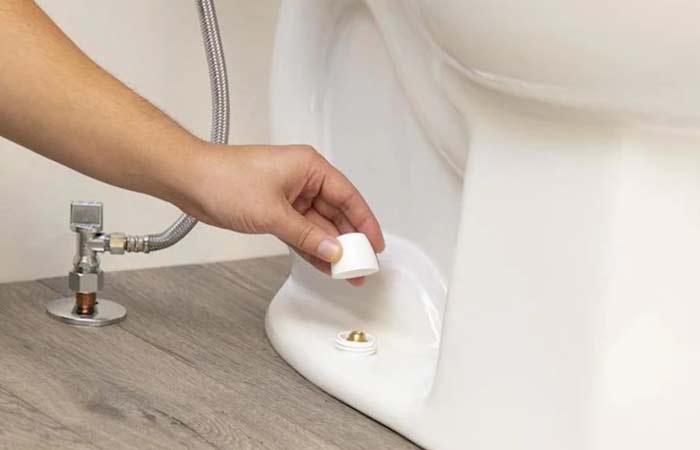In today’s world, keeping your home in great condition is a priority for many. One of the most important aspects of home maintenance is bathroom leak tracking. With bathrooms being a frequently used space, they are prone to leaks that can cause significant damage if not addressed promptly. Here, we delve into the importance of tracking leaks in your bathroom and how it can save you from costly repairs.
Why is Bathroom Leak Tracking Important?
Bathroom leaks can lead to a variety of problems, including water damage, mold growth, and increased water bills. By understanding the importance of bathroom leak tracking, you can prevent these issues before they become severe. Early detection not only saves money but also protects the structural integrity of your home.
Common Signs of Bathroom Leaks
Identifying a bathroom leak can sometimes be challenging. However, there are common signs that you can look for:
- Unusual Water Stains: Leaks often leave water stains on walls and ceilings. If you notice discoloration, it might be time to investigate further.
- Musty Smell: A persistent musty odor can indicate mold growth due to hidden leaks.
- Increased Water Bills: A sudden spike in your water bill without increased usage may suggest a leak.
How to Conduct Bathroom Leak Tracking
Tracking leaks in the bathroom requires a systematic approach. Heres how you can effectively track leaks:
- Inspect Visible Pipes: Regularly check exposed pipes for any signs of moisture or corrosion.
- Check Around Fixtures: Look for leaks around faucets, showerheads, and toilets.
- Monitor Water Meter: Turn off all water sources and check the meter. If it continues to run, you may have a hidden leak.
Tools for Bathroom Leak Detection
Utilizing the right tools can make leak detection easier and more effective. Consider these tools:
- Moisture Meter: Helps detect moisture levels in walls and floors.
- Infrared Cameras: These cameras can identify temperature differences, indicating potential leaks.
- Acoustic Listening Devices: These devices amplify the sound of dripping water, pinpointing the leak location.
Preventing Bathroom Leaks
Prevention is always better than cure. Here are some tips to prevent leaks:
- Regular Maintenance: Schedule routine inspections of your bathroom plumbing.
- Upgrade Fixtures: Consider upgrading old fixtures to newer, more reliable models.
- Sealants and Caulking: Regularly check and replace sealants to prevent water seepage.
Professional Help for Bathroom Leaks
While DIY methods can be helpful, sometimes professional assistance is necessary. Hiring a professional plumber can ensure that leaks are accurately detected and repaired. For more information on detecting bathroom leaks, visit this guide.
DIY vs. Professional Leak Detection
When deciding between DIY and professional leak detection, consider the following:
- Complexity of Leak: Simple leaks might be manageable on your own, but complex issues may require professional expertise.
- Cost-Effectiveness: Weigh the cost of potential damage against the price of hiring a professional.
Case Study: Successful Bathroom Leak Tracking
A homeowner noticed an unexpected increase in their water bill. By using a moisture meter and inspecting around fixtures, they discovered a hidden leak under the bathroom sink. Prompt repairs saved them from extensive water damage. Read more about similar scenarios here.
Impact of Unattended Bathroom Leaks
Ignoring leaks can have severe consequences:
- Mold Growth: Persistent moisture leads to mold, which can affect health.
- Structural Damage: Water can weaken structural components over time.
- Increased Bills: Continuous leaks lead to higher water consumption and bills.
Frequently Asked Questions
What are the most common causes of bathroom leaks?
Common causes include worn-out seals, corroded pipes, and faulty fixtures. Learn more about fixing leaks here.
Can I detect a bathroom leak without professional tools?
Yes, by observing signs like water stains and unusual odors, you can detect leaks without specialized tools.
How often should I inspect my bathroom for leaks?
It’s advisable to inspect your bathroom at least twice a year to catch potential leaks early.
This article contains affiliate links. We may earn a commission at no extra cost to you.



